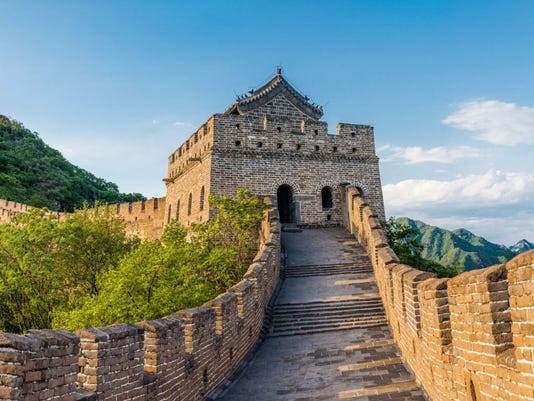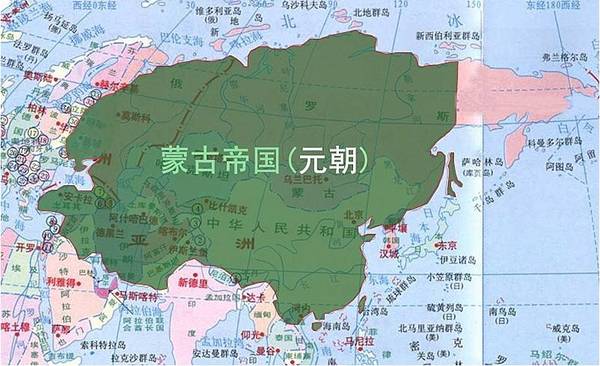Liao and Jin Dynasties
3 min readThough Beijing was a peripheral city to Chinese dynasties centered in Luoyang and Xi’an,it was an important entryway into China for the nomads.The city’s stature grew from the 10th century with successive invasions by the Khitan,Jurchen and Mongols.
In 938,the Liao Dynasty renamed Youzhou Nanjing or the “Southern Capital”and made the city one of four secondary capitals to the primary seat of power at Shangjing(in modern-day Baarin Left Banner,Inner Mongolia).Thus,the City of Ji,ceded to the Liao as Youzhou,continued as Nanjing in what is today the southwest part of urban Beijing.Some of the oldest landmarks in southern Xicheng(formerly Xuanwu)and Fengtai Districts date to the Liao era.Under Liao rule,the population inside the walled city grew from 22,000 in938 to 150,000 in 1113(and the population of the surrounding region grew from 100,000 to 583,000)as large numbers of Khitan,Xi,Shiwei and Balhae from the north and Han from the south migrated to the city.
The Song Dynasty,after unifying the rest of China in 960,sought to recapture the lost northern territories.In 979,Song Emperor Taizong personally led a military expedition that reached and laid siege toNanjing(Youzhou)but was defeated in the decisive Battle of Gaoliang River,just northwest of present-day Xizhimen.In 1122,the Song entered the Alliance on the Sea with the Jurchens,a nomadic people living northeast of the Liao.The two nations agreed to jointly invade the Liao and cede the Sixteen Prefectures to the Song if successful.
The Song faltered in their campaigns but the Jurchens were victorious and drove the Liao to Central Asia.The Jurchens captured Nanjing,looted the city and handed it to the Song,in exchange for tribute.Song rule of the city,renamed Yanshan,was short-lived.

The History and Culture Foreigners are Most lnterested In The Jurchens founded the Jin Dynasty(1115-1234).Sensing Song weakness,Jin invaded in 1125.They quick retook Beijing and renamed it Yanjing.In 1153,Jin Emperor Wanyan Liang moved his capital from Shangjing(near present-day Harbin)to the city,which was renamed Zhongdu or the“Central Capital”.For the first time in its history,the city of Beijing became a political capital of a major dynasty.
The Jin expanded the city to the west,east and south,doubling its size.On today’s map of urban Beijing,Zhongdu would extend from Xuanwumen to the Beijing West Railway Station in the west,and south to beyond the southern 2nd Ring Road.The walled city had 13 gates,four in the north and three openings in each of the other sides.

Remnants of Zhongdu city walls are preserved in Fengtai District.The Jin emphasized the centrality of the regime by placing the walled palace complex near the center of Zhongdu.The palace was situated south of present-day Guang’anmen and north of the Grand View Garden.The city’s population grew from 82,000 in 1125 to 400,000 in 1207(and from 340,000 in the surrounding region to 1.6 million).Paper money was first issued in Beijing during the Jin.The Lugou Bridge,over theYongding River southwest of the city,was built in 1189.Seventeen Jinemperors are buried in Fangshan District,including those whose tombs were originally built in Shangjing and were moved along with the capital to Zhongdu.Zhongdu served as the Jin capital for more than 60 years,until the onslaught of the Mongols in 1214.








